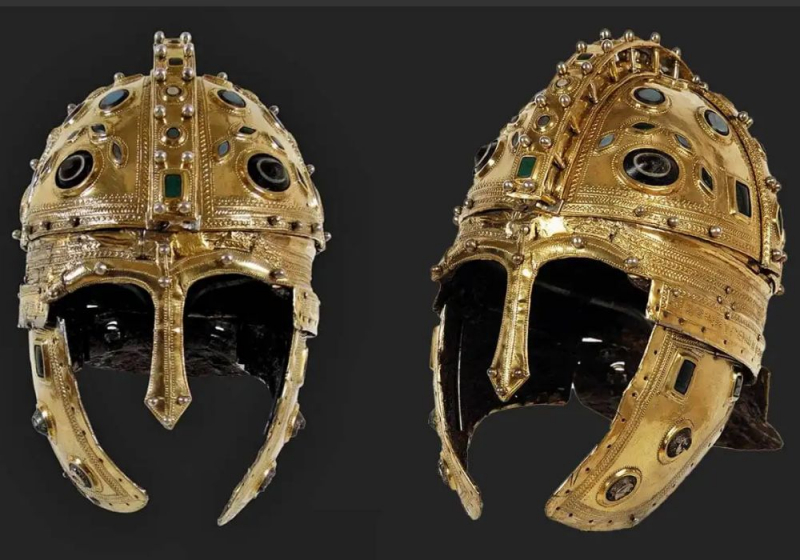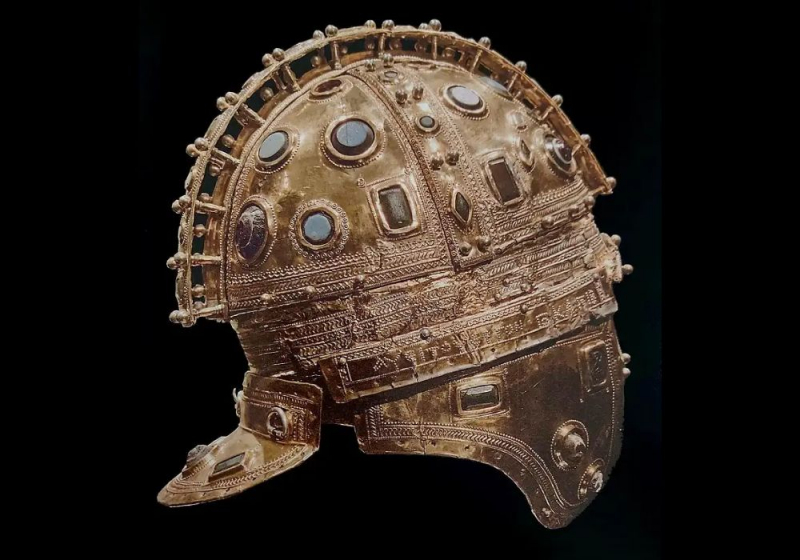Berkasovo-Heavy Ridge Type: The Most Protective Roman Helmet
Roman helmets started to show more and more steppe or Sassanid influences as the previous Celtic influences grew less. The Berkasovo or Heavy Ridge Type, which appears to have initially appeared in the third century CE, makes this particularly clear. These helmets are generally heavier and more elaborate than the Intercisa or Simple Ridge form of Roman helmet, which has raised the possibility that they were designed for cavalry or higher-ranking officials. Roman helmets with surviving examples typically have more decorative embellishments and provide far higher protection than Intercisa or Simple Ridge Type Roman helmets.
The bowl of the Berkasovo or Heavy Ridge Type was made of two pieces. Then a thick band that stretched from front to rear and another that ran along the rim and curved over each eye connected these together. The nasal guard, which is absent from Roman helmets with Celtic influences, is one of these helmets' distinguishing characteristics. The cheek guards of the Roman helmet of the Intercisa or Simple Ridge Type are affixed in the same way, but they are much larger. The majority of other Roman helmet varieties include ear holes, however, these don't. The majority of these helmets were constructed of iron and covered in another metal, typically silver, so that most of what has survived is the metal that once sheathed the iron.











